Les Misérables is a 1935 American drama film starring Fredric March and Charles Laughton based upon the 1862 Victor Hugo novel of the same name. The movie was adapted by W. P. Lipscomb and directed by Richard Boleslawski. This was the last film for Twentieth Century Pictures before it merged with Fox Film Corporation to form 20th Century Fox. The plot of the film mostly follows Hugo's novel Les Misérables, but there are many differences.

Richard Thorpe was an American film director best known for his long career at Metro-Goldwyn-Mayer.

Luis Alberni was a Spanish-born American character actor of stage and films.

Ian Keith was an American actor.

Bride of the Gorilla is a 1951 horror B-movie film written and directed by Curt Siodmak starring Raymond Burr, Lon Chaney Jr., Barbara Payton and Tom Conway.
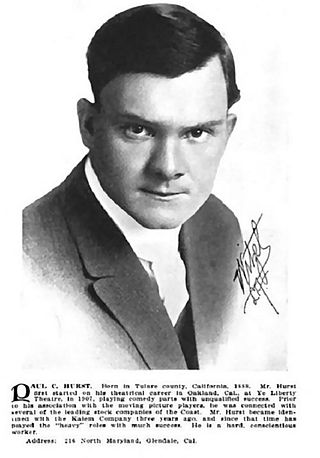
Paul Causey Hurst was an American actor and film director.
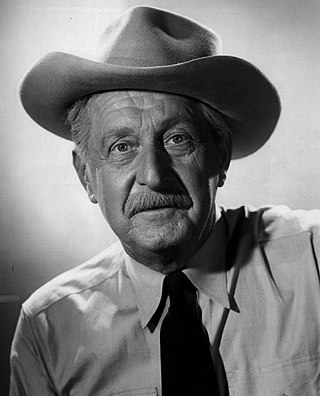
Stanley Martin Andrews was an American actor perhaps best known as the voice of Daddy Warbucks on the radio program Little Orphan Annie and later as "The Old Ranger", the first host of the syndicated western anthology television series, Death Valley Days.
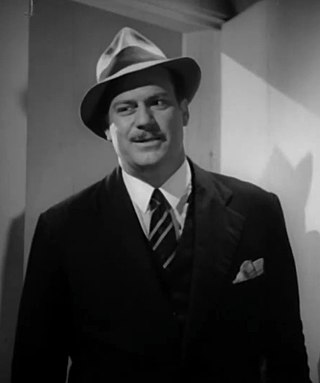
Richard Alexander was an American film character actor.
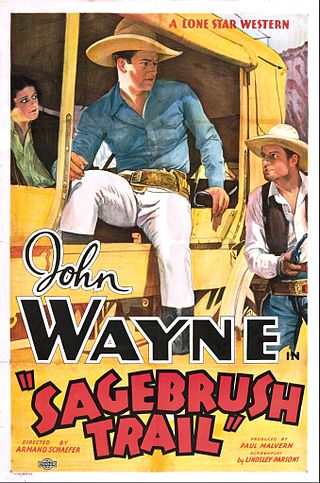
Sagebrush Trail is a 1933 American Pre-Code Western film with locations filmed at Bronson Canyon starring John Wayne and featuring Lane Chandler and Yakima Canutt. It was the second Lone Star Productions film released by Monogram Pictures. It was shown as An Innocent Man in the UK, and this version was later released in a colorized version on home video.
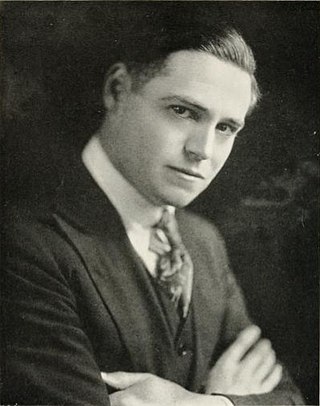
Guy Edward Hearn was an American actor who, in a forty-year film career, starting in 1915, played hundreds of roles, starting with juvenile leads, then, briefly, as leading man, all during the silent era.
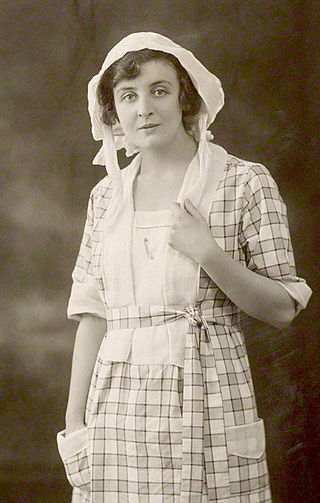
Hessy Doris Lloyd was a British actress. She appeared in The Time Machine (1960) and The Sound of Music (1965).

Warner Richmond was an American stage and film actor. He began his career as a stock theatre actor and appeared in films in both the silent film and sound eras. His career spanned four decades. He is possibly best recalled for appearances in Westerns in his later career in sound films. Between 1912 and 1946, he appeared in more than 140 films.

The Prisoner of Shark Island is a 1936 American drama film that presents a highly whitewashed and fictionalized life of Maryland physician Samuel Mudd, who treated the injured presidential assassin John Wilkes Booth and later spent time in prison after his unanimous conviction for being one of Booth's accomplices. The film was produced by Darryl F. Zanuck, was directed by John Ford and starred Warner Baxter and Gloria Stuart.

Walter B. McGrail was an American film actor. He appeared in more than 150 films between 1916 and 1951. Besides feature films, he appeared in The Scarlet Runner, a 12-chapter serial.
Percy Walsh was a British stage and film actor. His stage work included appearing in the London premieres of R.C.Sherriff's Journey's End (1928) and Agatha Christie's And Then There Were None (1943) and Appointment with Death (1945).
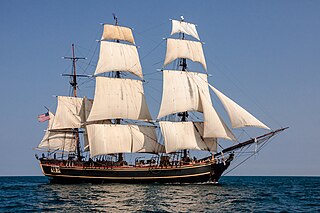
HMS Bounty, also known as HM Armed Vessel Bounty, was a British merchant ship that the Royal Navy purchased in 1787 for a botanical mission. The ship was sent to the South Pacific Ocean under the command of William Bligh to acquire breadfruit plants and transport them to the British West Indies. That mission was never completed owing to a 1789 mutiny led by acting lieutenant Fletcher Christian, an incident now popularly known as the Mutiny on the Bounty. The mutineers later burned Bounty while she was moored at Pitcairn Island in the Southern Pacific Ocean in 1790. An American adventurer helped land several remains of Bounty in 1957.
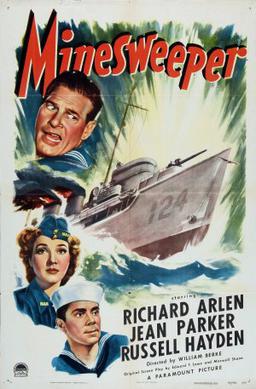
Minesweeper is a 1943 American black-and-white World War II film, produced by William H. Pine and William C. Thomas, directed by William A. Berke, that stars Richard Arlen, Jean Parker, and Russell Hayden. The film was distributed by Paramount Pictures. A former navy deserter returns to duty after the attack on Pearl Harbor under an assumed name as a sailor aboard a minesweeper.
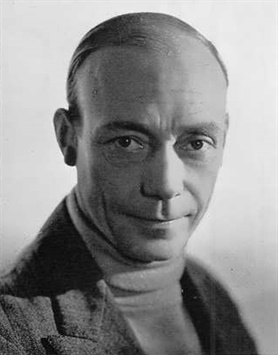
Frank Atkinson was an English actor and writer.
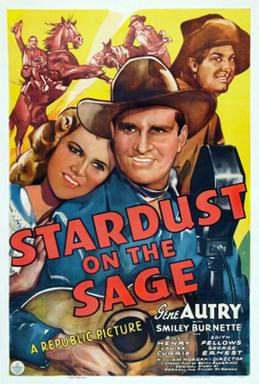
Stardust on the Sage is a 1942 American Western film directed by William Morgan and starring Gene Autry, Smiley Burnette, William Henry, and Edith Fellows. Written by Betty Burbridge, based on a story by Dorrell and Stuart E. McGowan, the film is about a singing cowboy who helps his fellow ranchers against a corrupt mine superintendent looking to steal the mine in which they've invested. The film soundtrack features two duets by Autry and Fellows, "When the Roses Bloom Again" and "I'll Never Let You Go, Little Darlin'". The final scene includes an innovative audience sing-along medley of the classics "You Are My Sunshine", "Home on the Range", and "Deep in the Heart of Texas", with Burnette conducting and the words appearing at the bottom of the screen.

Dick Turpin is a 1925 American silent historical adventure film directed by John G. Blystone produced and distributed by Fox Film Corporation and starring western hero Tom Mix. Mix departs from his usual western roles to play a British historical figure, the highwayman Dick Turpin (1705–1739). A young Carole Lombard was filmed in several scenes which mostly ended up on the cutting room floor.


















